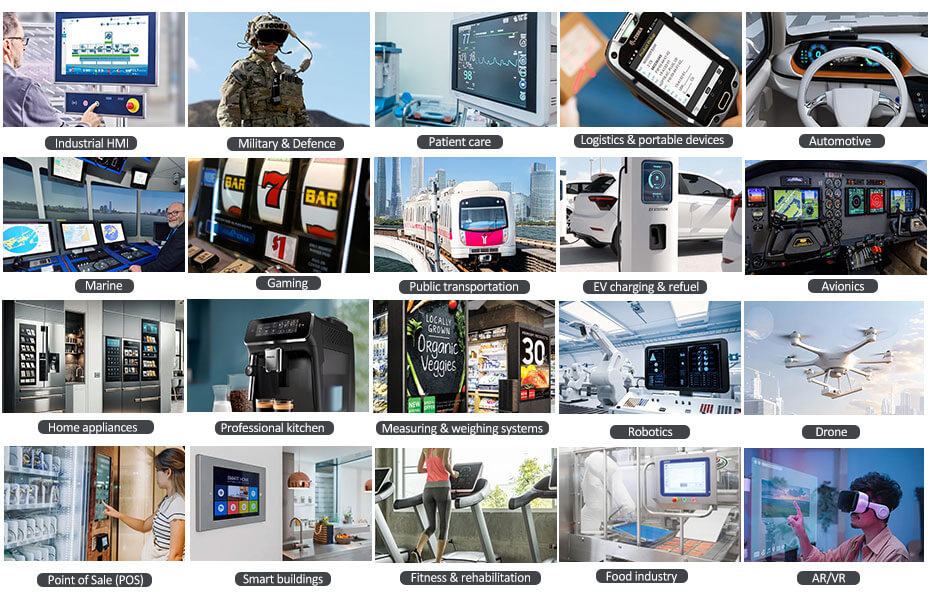Writer: adminRelease Time: 2025-06-12 03:49Browse: 315

Resistive:
Uses pressure. Touching the screen physically presses two conductive layers together to register input.
PCAP:
Uses electrical capacitance. Senses changes in the electrostatic field caused by your finger or conductive object.
Resistive:
Works with any object — finger, glove, stylus, even a pen cap.
PCAP:
Requires conductive touch — typically a bare finger or a capacitive stylus. Special gloves may work if designed for it.
Resistive:
Usually supports single touch only.
PCAP:
Supports multi-touch (e.g., pinch-to-zoom, two-finger gestures).
Resistive:
Needs physical pressure, which can feel less responsive.
PCAP:
Highly sensitive and fast response with just a light touch.
Resistive:
Has lower clarity due to multiple layers and may appear slightly dull or foggy.
PCAP:
Offers better optical clarity — more transparent and vibrant.
Resistive:
Surface is softer and more prone to wear and tear, scratches.
PCAP:
More robust — typically glass surfaces that resist scratches and can even work through glass overlays.
Resistive:
Cheaper to manufacture.
PCAP:
More expensive due to advanced technology and materials.
Resistive:
Works well in dusty, wet, or gloved environments — common in industrial or medical use.
PCAP:
Best in consumer electronics; can struggle in high moisture unless specially designed.

Touch Displays product links for reference:
https://www.youritech.com/products/touch-displays/
Shenzhen Youritech Technology Co.,Ltd. focuses on the research and development,design,customization and production of LCD,OLED,touch screen and other products.
website:https:www.youritech.com
Contact information:[email protected]